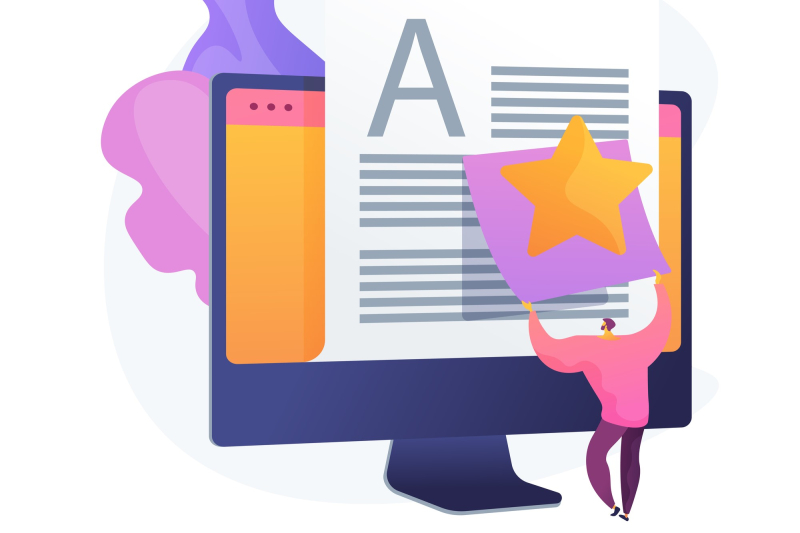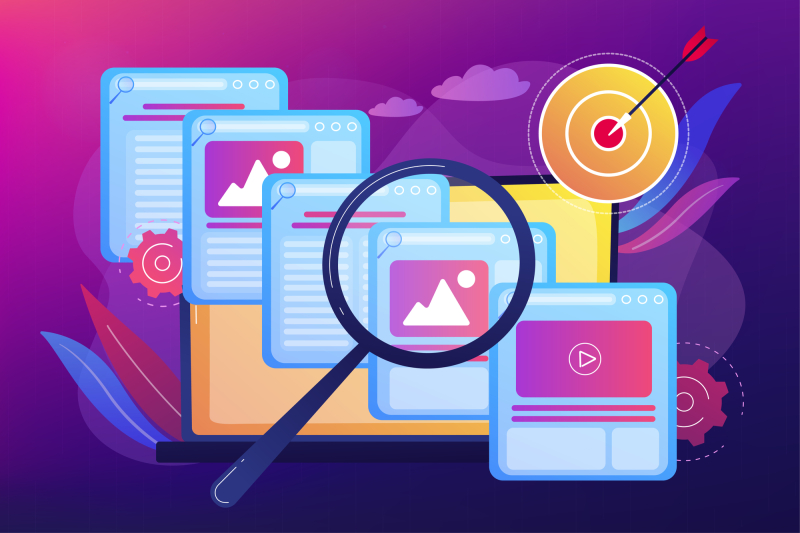Disclaimer: though AI tools can take on many routine tasks, they can hardly produce a truly high-quality research article from scratch. Moreover, you might seriously damage your reputation if you try to pass an AI-generated text as your original creation. Remember, top research journals closely monitor how their contributors use AI tools.
For instance, last year, the prestigious journal Nature rejected the publication of research articles that contain AI-generated images or videos. Currently, the journal accepts texts created using generative AI, but only with their respective use indicated: the use of large language models (LLM) has to be documented in the methods and acknowledgements section of the paper. No LLM tool will be accepted as an author of a research paper, as stated by the editorial board.
Below, you will find the tools that can pick up some of the routine tasks in research – for instance, delete repetitions in a text or create a database of articles on a subject.
Contents:
Finding papers
Semantic Scholar is a free scientific paper search engine that is somewhat similar to Google Scholar. However, here the publication topics are categorized by AI, not journal editorial boards. Among over 216 million papers, you can find those relevant to your request, as well as use filters to see the authors who wrote the most on a particular topic and what journals similar papers are published in. Apart from that, the platform provides AI-generated abstracts for articles; you can also read a paper as a PDF or save it to your personal profile on the platform.
How to use: registration isn’t necessary; you can start looking for papers right away.
Elicit is a search engine that uses AI to select the most relevant papers based on a user request. As stated on the platform’s page, the service selects the papers out of over 125 million published works; it can then summarize the top four papers in a single paragraph and provide one-sentence abstracts for all the subsequent papers. You can view each article in full on Semantic Scholar or search by its DOI (its unique ID) online.
How to use: sign up here and type your request. Users get 5,000 free credits per account (and one query typically costs 100-120 credits). After that, you will need to pay for a subscription for subsequent searches.
Litmaps is an AI tool that finds articles directly or indirectly linked to your query and then visualizes their connections based on various criteria: content, tags, number of citations, references, etc. This way, you can find non-trivial papers that you might have missed during a manual search.
How to use: sign up, select the Seed Maps function; then, paste the name of an article, upload your article collection, or find new ones using the Discover function. As output, you will see a list and network of relevant research publications. With free access, you get a single network with under 100 papers per search, but to get a wider network, you will need a paid account.
Read also:
Tools for Scientists: Use These to Bring Your Search for Papers to the Next Level

Credit: VisualGeneration / photogenica.ru
Editing text
Jenni AI is an online platform that uses AI to help you edit texts in English and find the right words – especially when writing on scientific topics. All you need to do is enter the subject of your future article. If you don’t know how to start a text, this virtual assistant will provide a basic plan, complete with headings and subheadings. The service also helps rephrase sections of text, get rid of repetitions, lexical and grammatical errors, and properly format your list of references, as well as add citations in a variety of styles. You can ask the network to go through your text several times until it produces the necessary results. The final product can be exported into several formats compatible with software such as LaTeX or Microsoft Word.
How to use: sign up on the website and enter your query. Users get 200 tokens per day, which is enough to generate 200 words. To increase the limit, you’ll have to get a subscription to the service.
Thesify.ai is a free platform that uses AI to analyze and review articles, providing both positive and negative feedback, suggestions on improvement, and even a selection of articles on relevant topics. In addition, the virtual assistant gives ideas on the title and abstract of your paper, as well as the journals and conferences you might want to submit it to.
How to use: sign up on the website and upload your paper.
General research
ChatGPT and Midjourney on Telegram – this bot gives you access to ChatGPT, Midjourney, DALL-E 3, and Suno. All these services can be used to solve a number of tasks, but academics will find ChatGPT the most helpful – such as when searching for stats and analytical data that are difficult to find in open sources, quickly translating texts for scientific papers, checking your grammar and wording, as well as making a quick summary of a YouTube video.
How to use: follow this link and write /start in the dialog window; next, write your query. Users can submit up to 20 queries per day – to make more (or gain access to additional features), you’ll need to purchase a subscription.

Credit: VisualGeneration / photogenica.ru
What else?
Can’t find the right program for your needs? Use the service There's An AI For That. This search system aggregates 12,000+ AI services and finds the most relevant ones for any of 16,000 potential user needs. As a researcher, you can use the various platforms to analyze data, visualize it, produce a short summary of a scientific paper, write program code (or verify your own), check the quality of your conference report, compile the optimal ChatGPT query, install a virtual assistant to help respond to emails, and much more.
How to use: to find the right AI tool for you, input your query, such as “content generation”, into the search field on the website. Alternatively, go into the Tasks tab, choose a category of task, and review the list. You can even filter the services further by type, reviews, and scores. To begin using a service, simply go to its website. Note that not all of the services are free!






